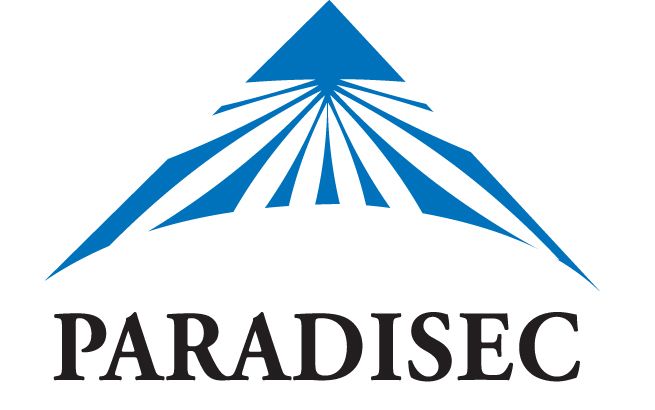Full description
Tape#1: Music Background, Experiences and Journey of George Telek Side A: Stringbands and Live Band Performances George Telek is a Tolai musician and explains his humble beginnings starting with Stringbands in late 1960s/early 1970s. He did not have any such musical education but naturally through talent and skills developed to become a musician from practical experience. George eventually became a leading member of various live (power) bands performances locally in ENB and tours in PNG. Subsequently musical development led to the creation of a style of local music known as “Tolai Rock” which was based on traditional songs, tunes and rhythms in the language of Kuanua singing Tolai songs emanating from stringband sounds of guitars and ukulele transformed to live band music with modern instruments. Pacific Gold Studios then made recordings of a number of albums under labels and names of bands namely Molachs, Painim Wok and Solo “George Telek” and Moab Stringband. Side B: Overseas Exposure in Music George Telek speaks about collaboration with Australian musicians “Not Drowning Waving” band led by David Bridie arranged by Pacific Gold Studies (PGS), Rabaul. This was motivated from his Stringband “Moab” song “A bebe” so recording was made with his composition of “Tabaran” which became the Album name where he was part of the band. This motivated him for overseas market to performance by keeping a traditional music style arranged where composed songs were traditional songs using both local and modern musical instruments. The style was different to other bands like Sanguma and Tabaran Culture where musicians were actually educated and trained to play instruments like saxophone, trumpets, keyboards, flutes etc and local instruments where it was more about the talent and musical skills of the performers whereas George’s focus was how his music was presented to the audience. Songs “emi sutim bel bilong ol man” Composition style with songs were still the same however with better insights with his overseas exposure meeting with other artists and musicians in his trip to Melbourne such as Yotu Yindi (Aboriginal), Bundu boys (African). His participation in musical performances with Not Drowning, Waving band in Melbourne and Adelaide gave his motivation and confidence to advance his artistic product. George’s songs are mixture of Kuanua and Tok Pisin and has become popular music around the country, PNG. George composed “Peace in PNG” and arranged the song with a number of PNG musicians to add flavor and meaning to what was a troublesome time in the country with various situations and Government issues affecting people so it was calling for a United PNG in the song with a message. It was also collaborating with the family of local musicians. George also wanted a change of music and new environment so moved on from his Pacific Gold studios to CHM Studios also seeking better remuneration from Cassette sales and royalties etc. He shared his earnings on how he was paid for performances and recordings both in PNG and Australia. George shares his favourite PNG musicians and mainly heavy metal rock bands internationally. George also shares his views on Women musicians like Julie Toliman not able to make it to the limelight due to local society perception and martial pressures on them as artists and performers. George mentions it being hard to be a musician in PNG and in the public eyes and popularity is also a pressure on oneself personally so it has to be managed to keep the fan base. George’s artist future plans is to move from PNG market to international market mainly in Australia where he aims to try out recording an album. He also was in the process of joining APRA for promote and protect his artistic product. (Steven Gagau, December 2018). Language as given: Reuse Information
Created: 1993-03-09
Data time period: 1993 to ,
ISO3166: PG
Subjects
User Contributed Tags
Login to tag this record with meaningful keywords to make it easier to discover


